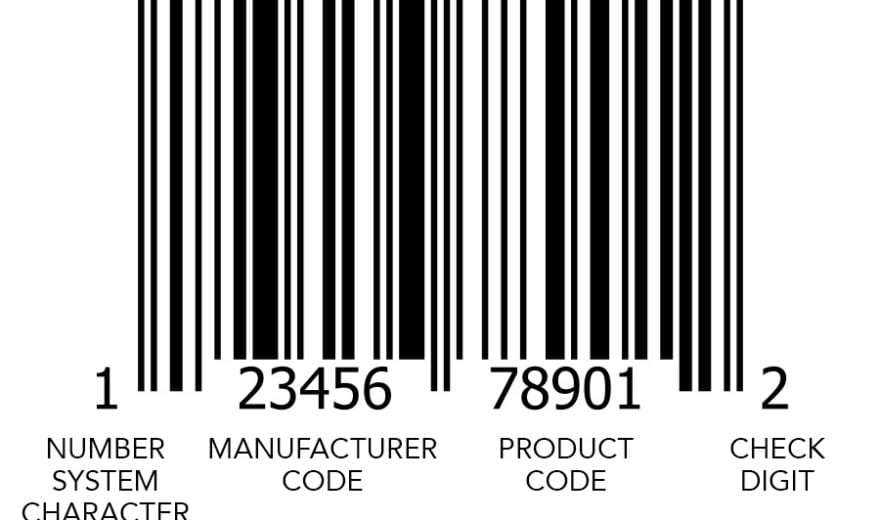
“Companies are trying to deceive you and trick you into buying their products… but here are their secrets so you can outsmart them!"
We've all seen propaganda on the internet and elsewhere of people making claims like that.
Over the past year I’ve seen quite a few blog posts pop up on social media claiming there are secret meanings hidden in labels… and the every-day savvy blogger will show you how to find them.
I hate to break the news to anyone who thought they found the Holy Grail to deciphering labels after reading one of these posts, but you've been misled. Most of these are based on rumors or just opinions based on a single observation.
With that in mind, I’m here to debunk the Top 3 Rumors I’ve seen floating around recently on the internet:
RUMOR #1: Secret Codes on Your Products
On most products in the market you will notice a variety of codes and dates stamped somewhere on the product label and packaging. There tends to be a lot of confusion as to what these codes and numbers mean.
Product codes will typically be a way for a manufacturer to identify a product and possibly a label version. Product labels have to be updated constantly to keep up with government regulations. These codes help keep some of those changes organized.
Lot Numbers will typically deal with the contents of the product. These are often used to track batches of product (ingredients/parts) for quality control and identify product out in the market in case of a recall.
Expiration Dates may be written in a variety of ways. Sometimes they might be identified as “Sell By”, “Best By”, or “Expires On” to name a few. These dates are there for the retailer to keep track of their inventory and to warn consumers a product might be near the end of its shelf life. However, not all products expiration dates are created equal. Often manufacturers will estimate a reasonable amount of time into their expiration dates so consumers can enjoy a product to the full length of its shelf life. However, be mindful that improper product storage conditions can affect a product shelf life.
RUMOR #2: Vertical Bars on Products Identify Chemical Content
 At some point within the last few years a post began circulating about the vertical bar markings on tubes of toothpaste. The post stated that the color of these marks identified whether the composition of the toothpaste was all-natural, partially natural with some chemicals or only chemicals.
At some point within the last few years a post began circulating about the vertical bar markings on tubes of toothpaste. The post stated that the color of these marks identified whether the composition of the toothpaste was all-natural, partially natural with some chemicals or only chemicals.
This post was shared and republished multiple times by various social media channels and even some celebrity bloggers. Unfortunately for those bloggers, this entire post was false.
The marks in question are actually used in packaging machinery and are called “Eye Marks” or “Color Marks”. They're used to identify where a machine is to cut or seal a product for quality control purposes.
It’s true that the producers of products can change the color of the eye mark to go along with their packaging design, but there is no hidden meaning. An eye mark is merely a tool to make sure the artwork of a product and the packaging itself are printed and assembled correctly.
RUMOR #3: The First Three Digits on a UPC Indicate Country of Origin
 Another rumor regarding product labels that has circulated involves the product Universal Product Code (UPC).
Another rumor regarding product labels that has circulated involves the product Universal Product Code (UPC).
We’ve all seen these codes and watched as the cashier will scan them to add the product and cost to our purchase.
The rumor claimed that you could determine a product’s country of origin by the UPC code. This initially caused some fear among some consumers as they read the UPC codes of their products marked “Made in the U.S.A.”, but their UPC code was telling them it was actually from China. (at least according to this one post.)
I can assure you this is 100% a rumor. UPC codes do not identify a product's country of origin. You CAN identify a manufacturer, product line, specific product or product offer by a UPC code, but even with all this information you may not determine the product origin.
When products or their ingredients are imported they are often further produced, repackaged and then distributed. Glancing at a UPC will not give you any evidence of the product’s origin unless you're very familiar with a manufacturer and their product lines.
It’s best not to let it bother you. If you have questions about a product, you can always call the manufacturer. Often a phone number or website is listed on the product. If not, you can always look for their official site via your favorite Internet search engine.
In the end, make sure you do your homework. Just because something is written on the Internet doesn't mean it's the truth!

 BACK TO MAIN BLOG
BACK TO MAIN BLOG 
Comment